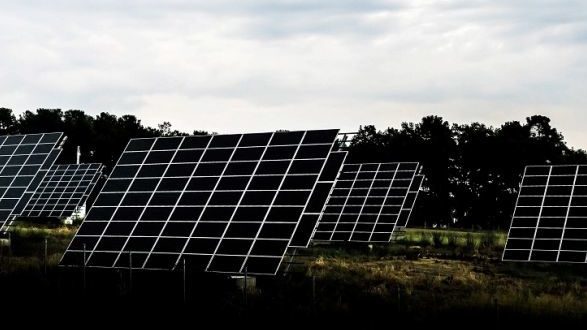Consumer Resistance to Green Innovations

By Rejaul Hasan
Why are consumers resistant to adopting green innovations? This is a question posed by Dr. Rosanna Garcia, the Faculty Director of the Business Sustainability Collaborative at North Carolina State University. In response to the increased concern about global warming, environmental pollution, decline in flora and fauna, businesses are now more focused towards green innovation – yet consumers have not necessarily followed this trend. The development and marketing of green innovations, such as solar panels or electric vehicles, provide great potential to reduce carbon emissions, ease fossil fuel dependency and stabilize energy costs. For these technologies to have a significant impact on the macro level, it requires the aggregate actions of individuals to undertake investments into these innovations. Despite marketing and public policy efforts to encourage consumers to invest into microgeneration, in most European countries and the U.S. the uptake of green innovations remains low and they are often referred to as resistant innovations. Unlike receptive innovations, many resistant products face protracted take up times as they require consumers “to alter existing belief structures, attitudes, traditions or entrenched routines significantly”[1]
Prof. Rosanna Garcia from NC State University (ex-Northeastern University), Prof. Marius Claudy, from Dublin Institute of Technology, Prof. Aidan O’Driscoll, Dublin Institute of Technology, and Prof. Michael Mullen from Florida Atlantic University conducted a study on homeowners in the Republic of Ireland to understand their behavior towards adopting small wind turbines at their home. Their study offers suggestions to marketers and public policy makers about how to overcome homeowners’ resistance towards sustainable innovations and promote these green innovations more effectively in consumer markets.
The study shows that the initial cost of green innovations might provide an immediate barrier to purchasing that technology, but makes no difference whether homeowners delay the purchase or completely reject the technology. Rather the level of resistance was driven by the potential disruption and process of retrofitting of the house. Clear communication of installation requirements and demonstration of applications of the technology in populated areas could help to reduce the misperception of homeowners towards new green technology. These conversations coupled with micro-financing options or a new payment options could help to alleviate the initial financial burden and consumers’ willingness to pay.
The study also shows that the perception of benefits has a significant impact on the resistance to adoption of innovative green technology. Therefore, reinforcing the advantages of the technology in the consumer market is likely to increase the rates of adoption of the technology. For example, highlighting the energy-saving aspects of a wind turbine in relation to increasing oil and gas prices and the self-sufficiency aspects could be communicated to the consumers.
The study suggests that informational campaigns that appeal to people’s responsibilities are likely to increase the social pressure on homeowners and will reduce the level of resistance. Technology manufacturers should showcase their technology in densely populated areas to increase awareness, foster word-of-mouth and utilize social influencers to lower the level of resistance.
Research indicated that consumer perceptions of compatibility of new technology with their own value systems have a significant impact towards the adoption of wind turbines. The study also indicates any green innovative technology which helps to promote the green values are generally perceived as more beneficial by homeowners who care more strongly about the environment and green energy. An interesting fact is that consumer habits and routines did not have a significant effect on the level of resistance.
The study also addressed the negative influence of knowledge on perceived benefits. As per the study, homeowners who claim to know more about new green technology associates fewer benefits with them, and thus have a higher level of resistance. So, this provides two important implication; for marketers and public policy makers, knowledge provides an important segmentation criterion. The findings also infer that potential early adopter might have relatively little knowledge. Informational campaigns must also make salient the benefits of adoption of green innovations so that even the more knowledgeable consumer becomes better informed.
The world has observed a tremendous growth in green innovation and green product development in the last few years. But the success of this green movement will largely depend on the consumer education and awareness, proper marketing strategy and policy support from the government. In that context, the mentioned research has generated in-depth insights for innovators, marketers, and policymakers to build successful campaigns towards the adoption of green innovation by a wide range of consumers.
[1] Garcia, R., Bardhi, F., & Friedrich, C. (2007). Overcoming consumer resistance to innovation. MIT Sloan management review, 48(4), 82.
- Categories:


